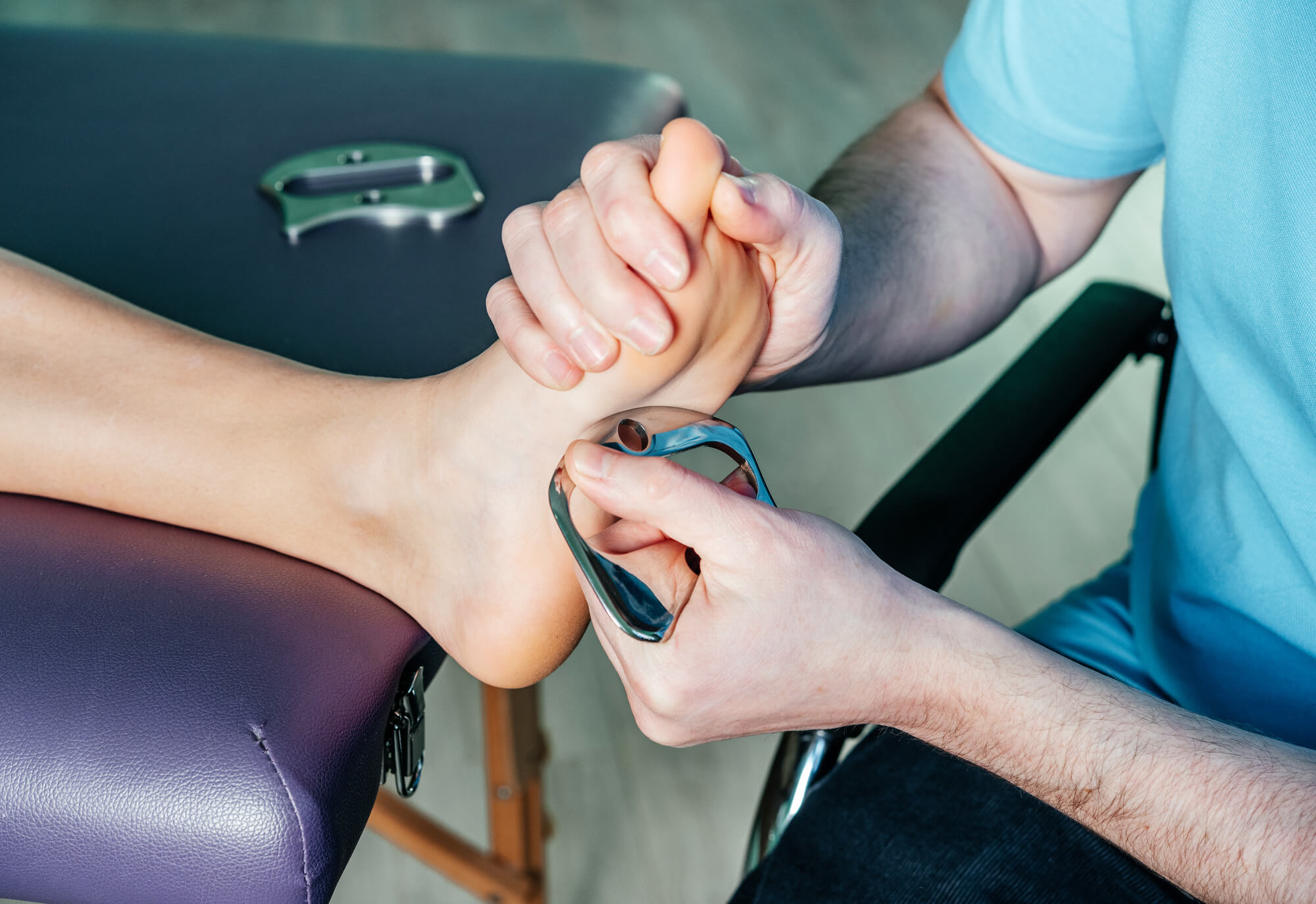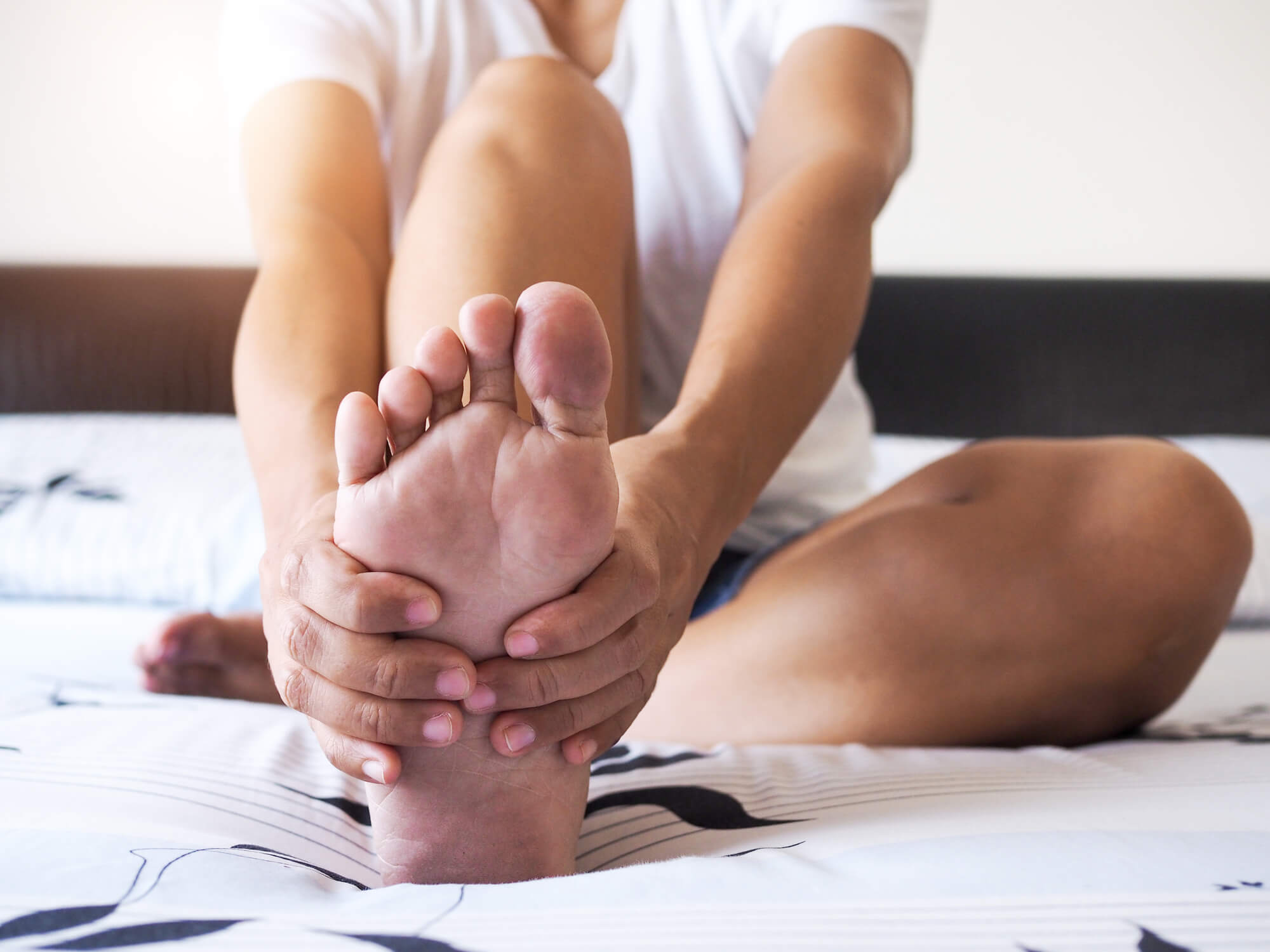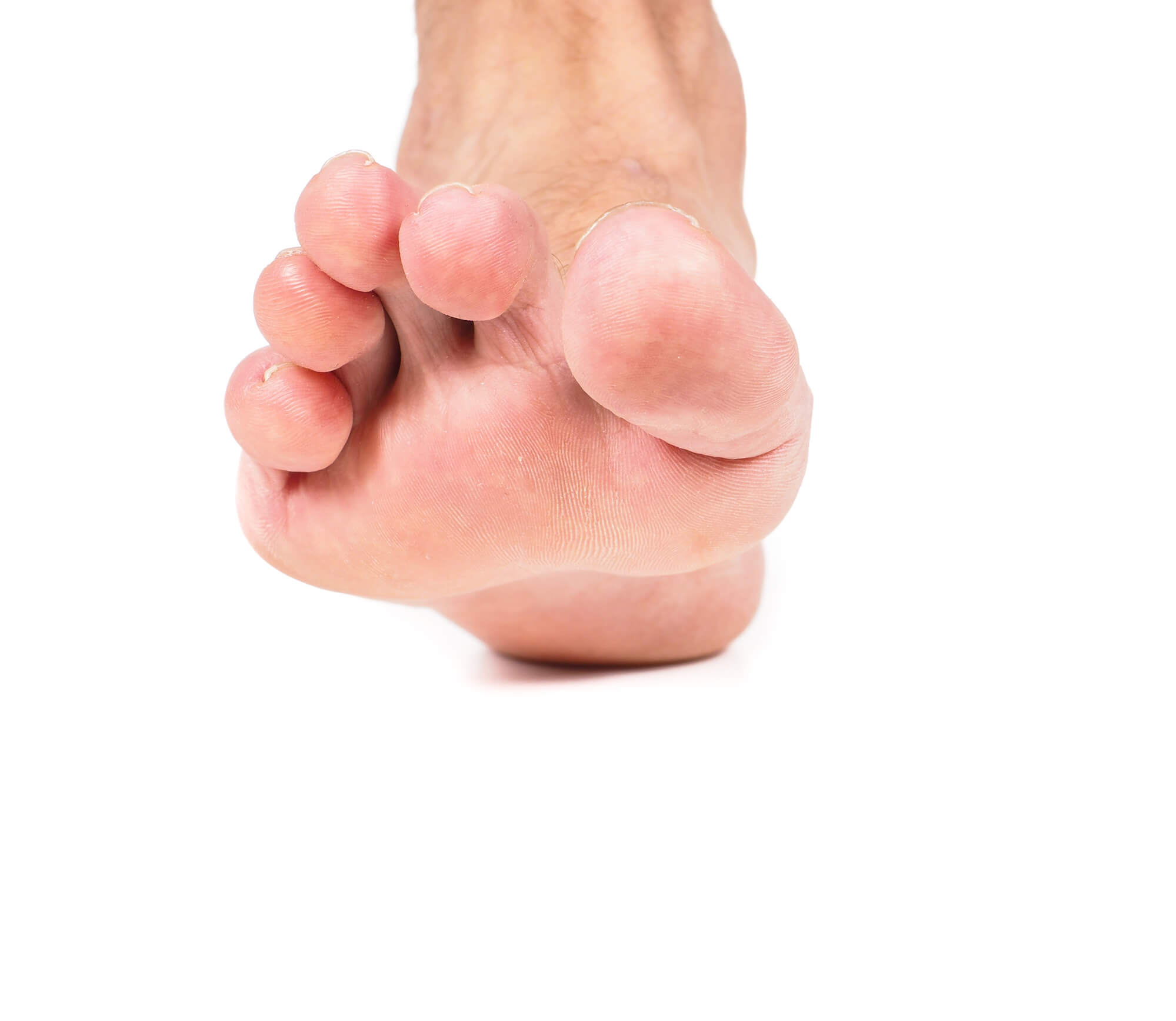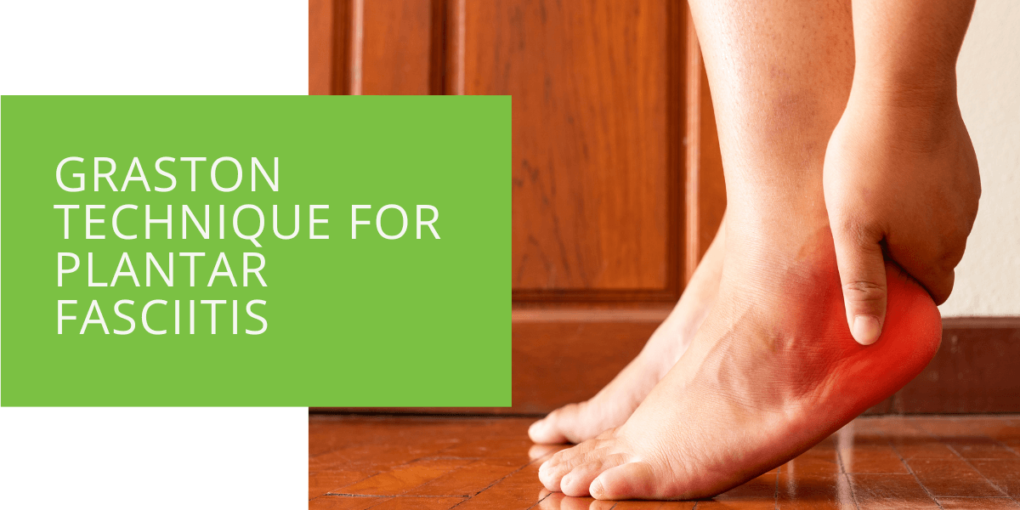Graston Technique for Plantar Fasciitis
Plantar fasciitis is a common foot condition that causes pain and discomfort in the heel and the bottom of the foot. It is often caused by overuse, inadequate footwear, or poor posture, and it can be frustrating and debilitating for those suffering from it. If you are struggling with plantar fasciitis, you may wonder what treatment options are available. One such option is Graston Technique, a non-invasive therapy that aims to reduce pain, improve mobility and flexibility, and accelerate healing.
What is Graston Technique?
Graston Technique is a form of manual therapy that involves using specialized stainless steel instruments to massage and manipulate the body's soft tissues. An athlete and athletic trainer, David Graston, in the 1990s developed it. It has since been used by various healthcare professionals, including podiatrists, physical therapists, and chiropractors.
History and Development of the Graston Technique
Graston Technique was developed by David Graston, who was inspired by traditional Chinese massage and acupuncture techniques. Graston began using the instruments on his patients and athletes, and he found that they could significantly improve their mobility and flexibility and reduce pain and inflammation. He then worked with a team of engineers to develop the Graston Technique instruments, which are now used by healthcare professionals worldwide.

How Graston Technique Works
The Graston Technique instruments apply deep, targeted pressure to the body's soft tissues, including muscles, tendons, and ligaments. The instruments are designed to glide smoothly over the skin, allowing the therapist to identify and treat areas of restriction or scar tissue. The therapist will then use various techniques, such as stroking, cross-fiber friction, and compression, to break up, soften the scar tissue, and stimulate blood flow and healing.
Benefits of Graston Technique for Plantar Fasciitis
Graston Technique has been shown to be an effective treatment option for various musculoskeletal conditions, including plantar fasciitis. Here are some of the benefits of the Graston Technique for plantar fasciitis:
Reduced Pain and Inflammation
Graston Technique can help to reduce pain and inflammation in the heel and bottom of the foot, which is often a major concern for people with plantar fasciitis. The instruments' deep pressure and manipulation can help break up scar tissue and improve circulation, reducing inflammation and promoting healing.
Improved Mobility and Flexibility
Graston Technique can help to improve mobility and flexibility in the foot and ankle, which is important for those with plantar fasciitis. The therapy can help to stretch and loosen tight muscles and tendons, and it can also help to improve the range of motion and reduce stiffness.
Accelerated Healing and Recovery
Graston Technique can help to accelerate healing and recovery from plantar fasciitis. By breaking up scar tissue and improving circulation, the therapy can help speed up the healing process and reduce the time it takes to recover from the condition.

Who Can Benefit from Graston Technique for Plantar Fasciitis?
People with Acute or Chronic Plantar Fasciitis
Graston Technique can benefit both acute and chronic cases of plantar fasciitis. The therapy can help reduce pain and inflammation and promote healing for those with acute cases. For those with chronic cases, Graston Technique can help break up scar tissue and improve mobility and flexibility, which can help alleviate the condition's long-term effects.
Athletes and Active Individuals
Athletes and active individuals are often at risk for developing plantar fasciitis due to the high levels of stress and strain placed on their feet and ankles. Graston Technique can be an effective treatment option for these individuals, as it can help to reduce pain, improve mobility and flexibility, and accelerate healing.

What to Expect During a Graston Technique Treatment for Plantar Fasciitis
Considering Graston Technique as a treatment option for plantar fasciitis, it is important to know what to expect during the treatment process. Here is an overview of what you can expect:
Preparation for Treatment
Before your Graston Technique treatment, your therapist will review your medical history and assess your condition. They will also explain the treatment process to you and answer any questions. You should wear comfortable, loose-fitting clothing to your treatment, as the therapist will need to access the affected area.
The Treatment Process
During the Graston Technique treatment, the therapist will use specialized instruments to massage and manipulate the soft tissues of your foot and ankle. They will use various techniques, such as stroking, cross-fiber friction, and compression, to break up scar tissue and improve circulation. The treatment may be slightly uncomfortable, but it should not be painful. The therapist will work with you to ensure that you are comfortable and that the treatment is effective.
Post-Treatment Care and Instructions
After your Graston Technique treatment, your therapist will provide instructions for post-treatment care. This may include recommendations for stretching and exercise and advice on managing your symptoms at home. It is important to follow these instructions closely to ensure the best possible outcome.

Risks and Considerations
Graston Technique is generally considered a safe and effective treatment option for plantar fasciitis. However, there are some risks and considerations to be aware of.
Possible Side Effects and Contraindications
Graston Technique may cause mild discomfort or soreness after the treatment. This is normal and should resolve within a few days. In rare cases, the therapy may cause bruising or swelling. If you experience any unusual side effects or worsening of your symptoms, you should contact your therapist or a medical professional for further evaluation. Graston Technique may not be suitable for everyone, and your therapist will assess your condition to determine if it is an appropriate treatment option for you.
When to Seek Additional Medical Attention
If you experience severe pain or other unusual symptoms after your Graston Technique treatment, you should contact a medical professional for further evaluation. It is also important to seek additional medical attention if you have any underlying medical conditions that may be affected by the treatment.
Conclusion
Graston Technique is a non-invasive treatment option for plantar fasciitis that has been shown to be effective in reducing pain, improving mobility and flexibility, and accelerating healing. The therapy involves using specialized instruments to massage and manipulates the foot and ankle soft tissues. It is performed by trained healthcare professionals, such as podiatrists, physical therapists, and chiropractors.
If you are considering Graston Technique as a treatment option for plantar fasciitis, it is important to speak with a healthcare professional to determine if it is the right option. They will be able to assess your condition and provide you with the necessary care and guidance to help you manage your symptoms and achieve optimal recovery.

